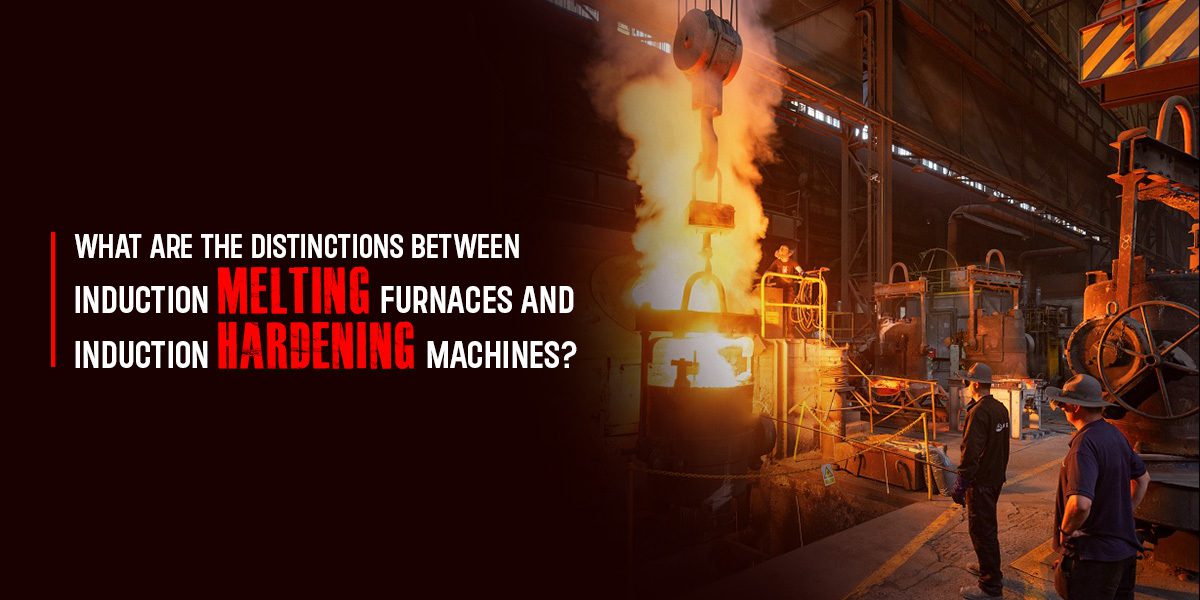Induction hardening is a method of hardening the surface of steel and other alloy components. The heat-treated pieces are put within a copper coil and subsequently heated above their transition temperature by passing an alternating current across it. Induction hardening machines improve the mechanical characteristics of ferrous components, and it is particularly effective at repairing warranty claims and field failures. The key advantages are localized gains in strength, fatigue, and wear resistance without rebuilding the component.
Advantages of Induction Hardening:
• It is preferable for the components that are subjected to high loads.
• Induction produces a high surface hardness with a deep casing that can withstand exceptionally high loads.
• The formation of a softcore surrounded by an exceptionally robust outer layer increases fatigue strength. The desirable qualities are for components subjected to torsional loads and surfaces subjected to impact forces.
• Induction processing is done one portion at a time, allowing fairly predictable dimensional change from one part to the next.
Details of the induction hardening method:
• Induction hardening is a method of hardening the surface of steel and other alloy components. The heat-treated pieces are put within a copper coil and subsequently heated above their transition temperature by passing an alternating current across it. The alternating current in the loop creates an alternating magnetic field within the workpiece, causing the outer surface of the component to heat above the transition range.
• An alternating magnetic field is used to heat the components to a temperature within or above the transition range, followed by rapid quenching. An electromagnetic method employs a copper inductor coil that receives a current at a predetermined frequency and power level.
What exactly is induction melting?
Induction melting is melting metal into liquid form in the crucible of an induction furnace. The molten metal is then discharged into a mold, commonly a cast. Foundries, universities, labs, and research facilities employ induction melting equipment. The systems melt everything from ferrous and nonferrous metals to nuclear material and medical/dental alloys.
What is the operation of an induction melting furnace?
A coil conveying alternating electric current surrounds the metal container or chamber in the induction furnace. Eddy currents are created in the metal (charge). The circulation of these currents produces exceptionally high temperatures, allowing the metals to melt and alloys to be made to precise composition.
Why is induction melting the best way to recover metals?
The three main reasons why induction melting is one of the best ways to recover precious metals:
• Because of their effective heating, induction heating systems may accomplish tasks that usually take several days.
• While sustaining high temperatures, induction furnaces use less energy than oil-fired furnaces.
• Induction melting furnaces have a higher heating capacity than other furnaces.
LJ Induction is an induction melting furnace manufacturer with 17 years of expertise. It integrates environmentally friendly induction heating technology with cutting-edge digitalization. We offer efficient solutions that help our clients to accomplish more cost-effective and quicker manufacturing processes while also producing higher-quality products. Our organization assists its customers from the start of the planning process.

